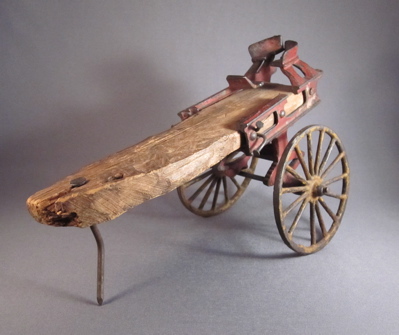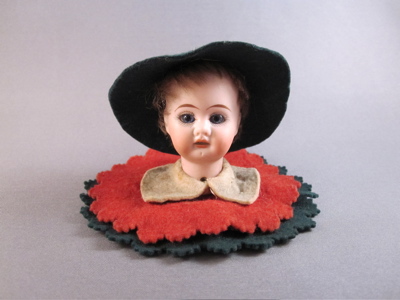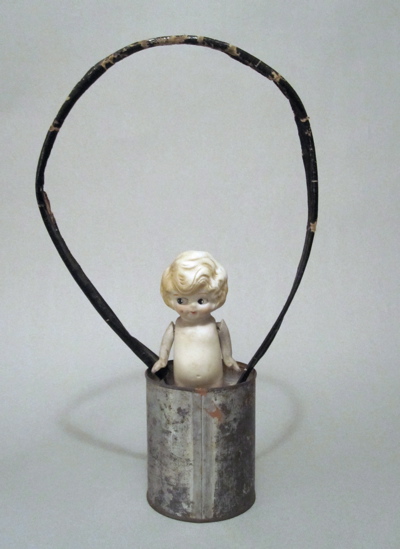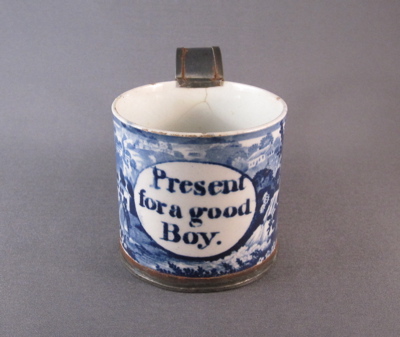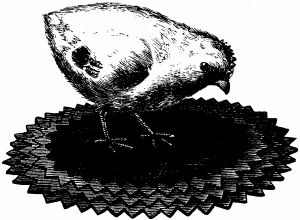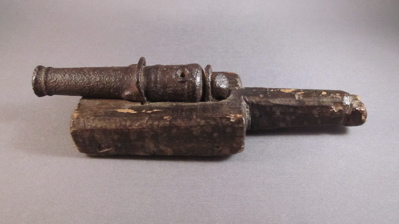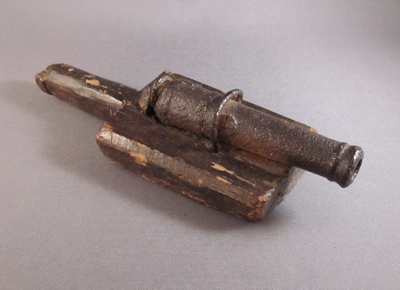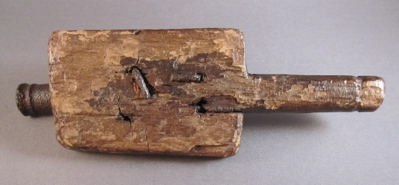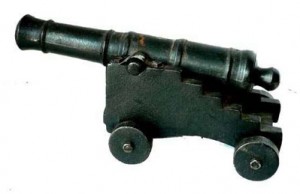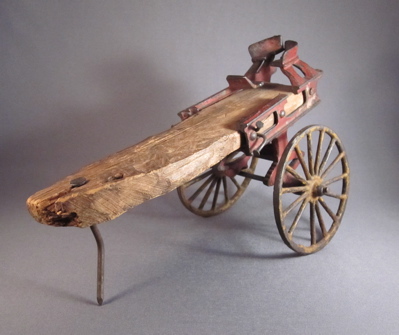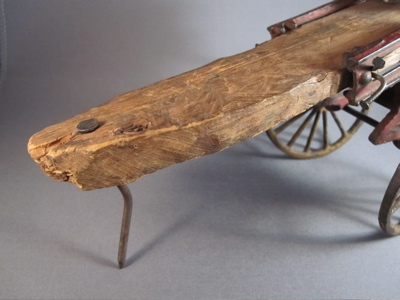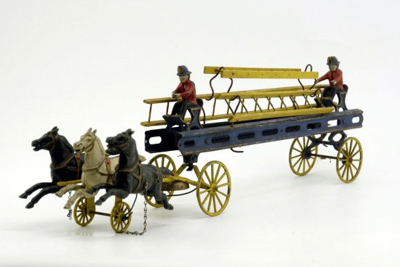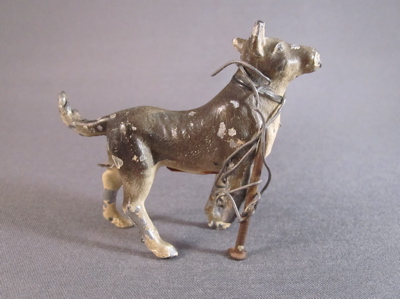Well, the votes are in and the absolute favorite item featured in The New York Times article from last week was the Cold painted cast lead dog figure, c.1930. I received numerous comments and emails on this piece, including “The dog is my favorite, it is almost impossibly poignant”, “I especially liked the little dog with the ‘prosthetic’ leg” and “That little dog you have is so much better than any mint-in-the-box action figure or something like that”.
With that in mind and with this being the holiday season, I am including some other toys with inventive repairs that I hope you will enjoy seeing again. Please click on the title to see the original post with information and additional photos.
Cast iron horse drawn ladder wagon, c.1900
German doll head pen wiper, c.1900
Staffordshire child’s mug, c.1840
Happy Holidays and I look forward to sharing more examples from my collection with you in 2011!
